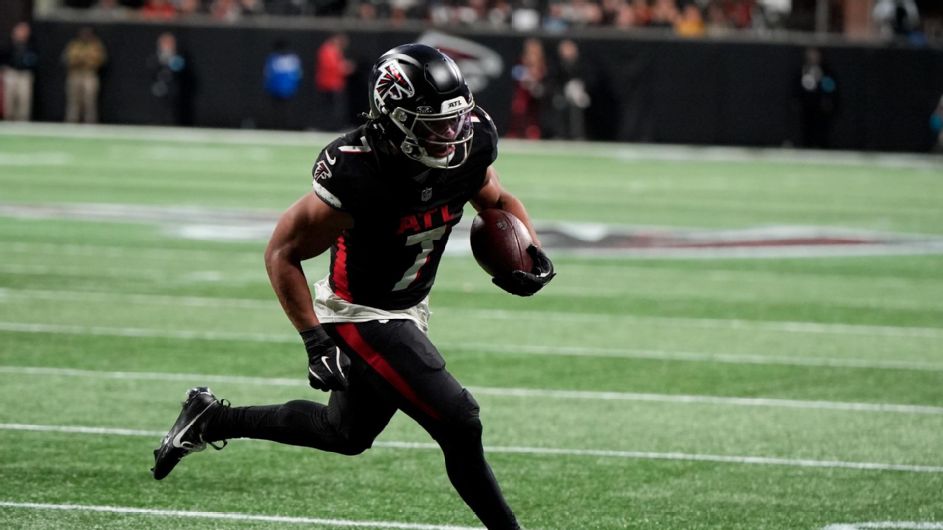Building a successful fantasy football team requires strategic planning and the ability to identify standout players. As fantasy leagues gear up for the 2025 season, a round-by-round analysis offers insights into making the most effective picks in a 12-team league. This guide highlights key players to target and provides a roadmap for assembling a competitive roster, all based on average draft position (ADP) data sourced from Draft Sharks’ Market Index Tool.
Key Player Selections
The drafting process begins by asking an essential question: “Am I drafting this player at his ceiling?” If the answer is affirmative, it may be wise to seek out players with higher potential. The first round typically presents a mix of established talent, making it crucial to choose wisely.
In the first round, the focus should be on the best available wide receiver or the highly sought-after running back, **Bijan Robinson**. While securing Robinson is a priority for many, he is likely to be unavailable unless you have one of the top two picks. If that’s the case, other elite wide receivers such as **Justin Jefferson**, **CeeDee Lamb**, or **Amon-Ra St. Brown** can provide significant value.
Moving to the second round, **Jonathan Taylor** emerges as a leading choice among running backs. While his performance has fluctuated since his breakout season in 2021, he ranked seventh among running backs in fantasy points per game last season. Other options include **Josh Jacobs** and **Kyren Williams**, depending on the drafting position.
Targeting Tight Ends and Quarterbacks
In the third round, it’s advisable to target **Trey McBride**, who has demonstrated significant potential as a top tight end. Since taking over as the starting tight end for the Arizona Cardinals, McBride has averaged 9.0 targets and 15.4 fantasy points per game, showcasing his ability to contribute significantly to your fantasy squad.
As the draft progresses to the fourth round, the landscape shifts towards elite quarterbacks. Targets should include **Lamar Jackson**, **Josh Allen**, **Jalen Hurts**, and **Jayden Daniels**, all of whom ranked among the top quarterbacks last season. Hurts is particularly appealing as he often falls to this round, making him a valuable acquisition.
In the fifth round, opting for a solid yet unexciting choice like **James Conner** is wise. Despite concerns regarding his age, Conner has consistently produced over 1,000 yards and eight touchdowns in recent seasons, positioning him as a reliable RB2.
The sixth round introduces the rookie **TreVeyon Henderson**, who has the potential to play a significant role in the New England Patriots’ offense. With a strong yardage average and expected usage as a receiver, Henderson offers substantial upside.
Continuing into the seventh round, **Jaylen Waddle** and **Rome Odunze** present exciting options among wide receivers. Both players are positioned for bounce-back seasons and can provide strong contributions to your roster.
As the draft nears its conclusion, the focus shifts to securing high-potential candidates. In the tenth round, **Michael Pittman Jr.**, despite a challenging previous season, could see a resurgence if the quarterback situation improves for the Indianapolis Colts.
The later rounds are ideal for taking calculated risks. Players such as **Jayden Higgins** and **Colston Loveland** can provide substantial value, with Loveland being a high-upside pick after being the tenth overall draft choice in April.
In the final rounds, it’s essential to balance drafting a kicker and defense with identifying remaining breakout candidates. The advice is simple: don’t reach for a defense or kicker too early, as many viable options will remain.
In summary, the 2025 fantasy football draft landscape offers a wealth of talent and opportunity. By strategically targeting players based on their potential and current ADP, managers can assemble a competitive team poised for success. Remember that this draft strategy serves as a guide and should be tailored to individual league dynamics and preferences.
